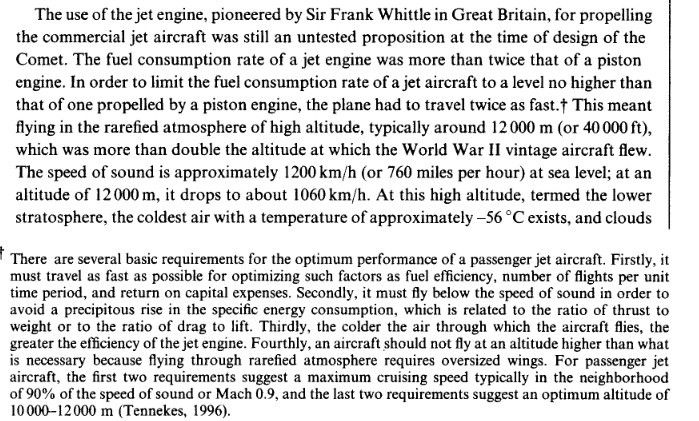Fascinating. I have always wondered about the social dynamics of desi 'chalta hai' interacting with the military requirement for rigid fixing of responsibility.
A much happier story from Ai-Ai-Chai, circa 197x. In those days, Ai-Ai-Chai Cawnpore (one has to use IAF propah terminology in these things, what-what) hosted a 1-week "Flight Testing" course for AE yaks from other Ai-Ai-Chais. They used a Cessna 4-seater, a Piper Cub and a glider. The first part of the course was with the glider. A sole pilot would take the Piper up, dragging the glider. The glider was piloted by an IAF Wing Commander, rumored to be taking a vacation there. The sole passenger in the rear seat was one of the yaks, selected by lottery. The glider would be released at 5000 feet. The WCO would set it up for various maneuvers and ask the yak to start his stop watch and measure time as the WCO called out readings of speed and altitude. These were to be converted to the glider's aero characteristics once the herrowic yak landed.
One has to set up a slight background to this. The yaks consisted of about 10 Under-Yaks (UnY) who were all terrified and excited and quite 404, and about 6 or so Uber-Yaks (UbY). The UbY were mostly EchAyEll Deputed Aphsars out to add an Em Ess to their impressive portfolios, and came with a distinctly different attitude to that held by the over-stressed UnYs of the Ai-Ai-Chais. IOW, they exemplified Chata Hai. They had plenty of money compared to the UnYs, (even the beggars around Ulan Bator at the time had more spare cash than the UnYs), and even more plentiful spare time, so they were usually found in the ********* Cafeteria and Political Discussion Facility.
So there was considerable resentment among the UnYs when the Lottery System gave half or more of the glider flight slots to the UbYs.
So the UnYs were not entirely unhappy when one UbY came back down literally shaking. "What happened, yaar?"
We reached 5000 feet and HE started gliding. And he said: "OK, ishtart the Stopwatch onlee!" And I said: "Bhaat Ishtap-Watch, hujoor, hain?" And he said: JUMP OUT, YOU PHOOL!!
The WCO was a scary enough personality even when genially saying Good Morning, so one can well appreciate the terror of that situation.HE TOLD ME TO JUMP OUT!!!

More on Chalta Hai and its role in aircraft operations, in next post.
